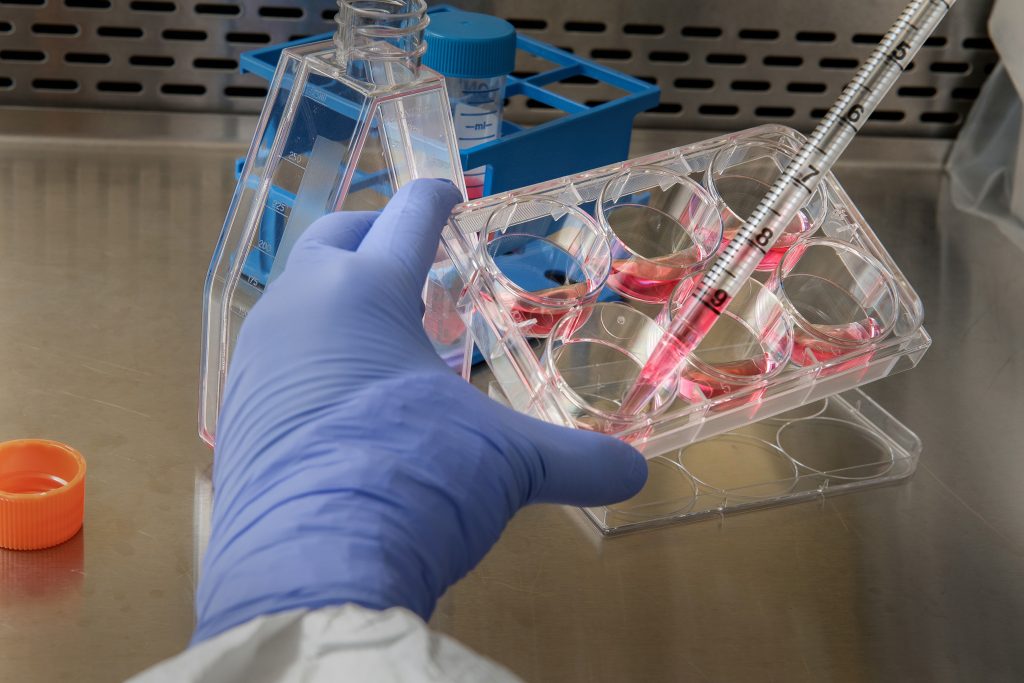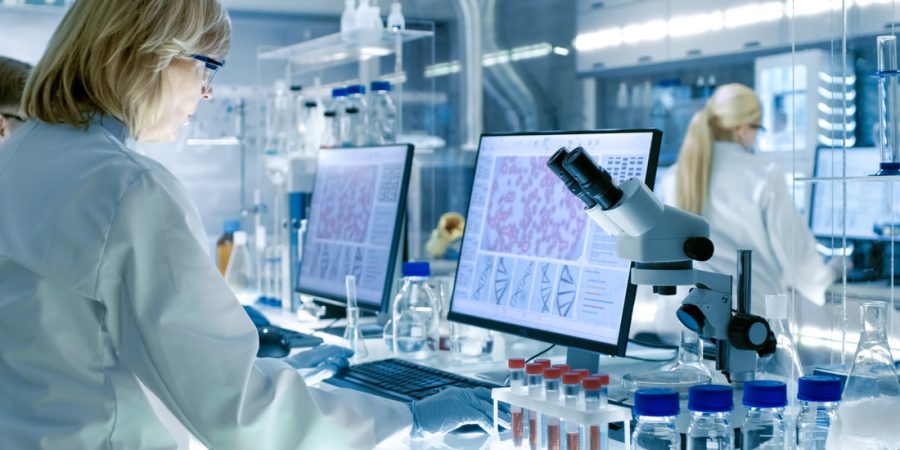Tips for Contamination Prevention in a Laboratory
Contamination in a laboratory setting can wreak havoc on nearly every aspect of the operation, resulting in shutdown, cleaning lab and lab equipment supplier Selangor, testing time, personnel risk, skewed lab results, unusable products, and much more. Given the safety risks, lost time, the risk to lab work and test results, and additional operational costs required to address these disruptions, it is clear that it is critical in knowing how to avoid contamination in lab settings.

The two most common types of lab contamination are biological and chemical, and the risks and strategies discussed in this article apply to both. What is at risk of contamination from biological materials like bacteria, fungi, and spores, as well as chemical materials like cleaning agents?
Among these are:
· The laboratory setting
· Cultures of cells
· Chemical examination
· Reagents for sample media
· Personnel and protective equipment
Tips for Contamination Prevention
We will look at how to avoid chemical cross contamination in a lab as well as biological cross contamination.
Proper procedures include the following:
i) Creating and adhering to stringent safety procedures: Safety and cleaning procedures should be developed in accordance with the documentation and best practices. They should take place at the appropriate times, such as when leaving or entering a facility, after an incident, and before and after maintenance, to name a few. These are in addition to the standard cleaning and safety procedures that employees should follow on a daily basis.
ii) Testing should be done on a regular basis to ensure that any irregularities are detected as soon as possible. A higher frequency of testing adds safety barriers to potential loss, so that instead of losing a year of product/research, perhaps only 6 months are at stake.
iii) Nurturing a culture of safety and prevention: Safety practises should be viewed as a source of pride for employees, not as a mandated requirement. Make certain that employees are trained and retrained, that documentation and processes are easily accessible for review, and that milestones are celebrated without contamination incidents.
iv) Using the appropriate cleaners and methods: Depending on the application and materials used, there are numerous decontamination methods and practises: surface disinfection, sterilisation, fogging, and more. Check that you’re using the correct methods for your situation.



